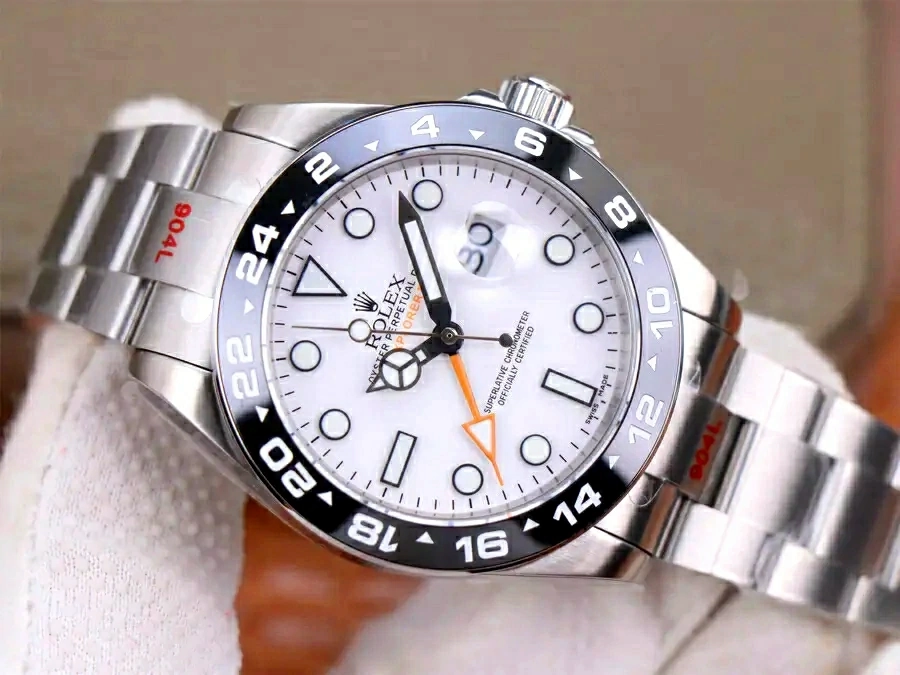It depends on several factors, including the quality of the replica and how closely it mimics the genuine watch.
1. Quality of the Replica
High-Quality Replica Rolex (Superclone or 1:1 Models):
These are crafted to replicate the genuine Rolex watches with extreme precision, often using high-grade materials like 904L stainless steel, sapphire crystal, and Swiss ETA automatic movements. From a distance, and even up close, it can be nearly impossible for most people to differentiate a well-made replica from an authentic Rolex. The logos, engravings, and overall aesthetics are typically spot-on.

Low-Quality Replicas:
Cheaper replicas often lack attention to detail. Inconsistent fonts on the dial, poorly aligned markers, incorrect proportions, or a lightweight feel can make it clear even from a distance that it’s not genuine.
2. Design Recognition
Rolex designs are iconic, and many people associate certain features, like the Cyclops lens over the date window or the fluted bezel on a Datejust, with the brand. A well-crafted replica that gets these details right can easily pass as a Rolex at a glance.

3. Who’s Observing?
Individuals familiar with Rolex watches are more likely to notice subtle differences in the replica, such as the sheen of the materials, minor imperfections in the dial, or the movement of the second hand.
Most people are unlikely to scrutinize your watch, especially from a distance. If the clone Rolex is of decent quality, it will still convey the appearance of a luxury watch.

4. How You Wear It
The way you carry yourself matters as much as the watch itself. Confidence, style, and pairing the watch with appropriate attire can enhance its perceived authenticity. Most people won’t question whether the Rolex on your wrist is real unless there are obvious signs to suggest otherwise.


